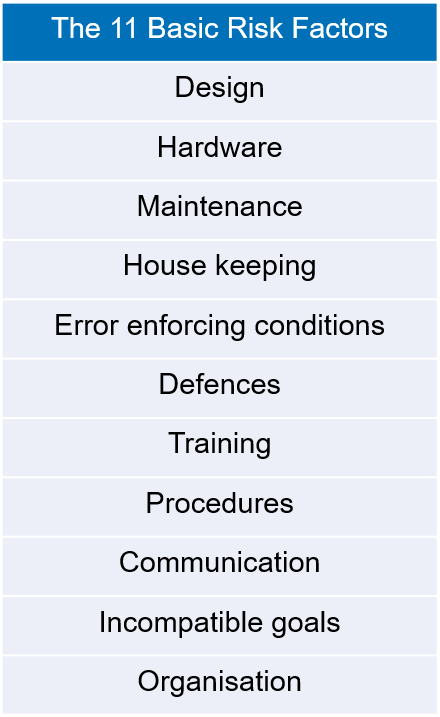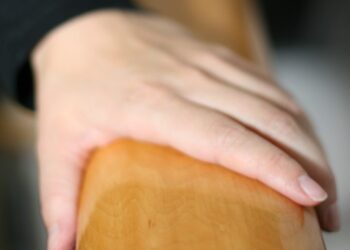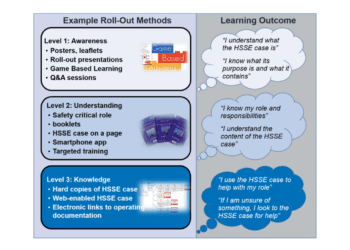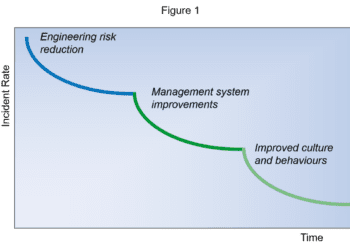If only Daedalus had known about Tripod
Even the first documented aviation accident, the death of Icarus, warrants some re-evaluation from time to time. Traditionally, his death is blamed on his recklessness.
Icarus and Daedalus, his father and a brilliant inventor, were exiled by King Minos on the island of Crete. Daedalus hatched an escape plan which involved flying from the island. He made two pairs of wings by adhering feathers to a wooden frame with wax. Before setting out on their flight, however, Daedalus warned his son not to fly too low, where the sea spray could bog down his wings, nor too high, where the heat of the sun could melt the wax that held them together. But Icarus, too thrilled by the freedom of flight to heed his father’s words, flew higher and higher, until his wings came apart, and he plunged to his death before his father could save him.
Historically, blame is put on Icarus the pilot, who ‘forgot’ his father’s words. From a Tripod point of view [see The Tripod Theory, below] this was a clear case of poor supervision (Organisation), poor Design, defective Hardware and lack of testing of a new technology, poor Training as no test flights were made, and Error Enforcing Conditions as there was really no need to fly during the day.
No information is available about the Communication between Icarus and his father. It is not clear if Icarus had received the information about flying close to the sun at all. We only have Daedalus’s word on that.
What is more, Icarus was put under time pressure by his father to leave the island as soon as possible, as he could not stand to live in captivity anymore. Daedalus had Incompatible Goals – get off the island quickly and do it as safely as possible. Last but not least, a technical investigation might have revealed that the problem was not related to flying too close to the sun at all. When flying higher the temperature gets lower instead of higher.
The crash is unfairly blamed on Icarus to cover up for the poor management of the project by Daedalus. To prevent a future Icarus from crashing, a ‘corporate’ Daedalus should ensure that organisational factors are controlled, a far more effective strategy than giving a warning not to fly too low or too high.
Our thanks for this short story to Dr. Jop Groeneweg, Project Manager of Human Error at the Centre of Safety Research, Leiden University.
Jop is one of the originators of the Tripod theory and his definitive book, “Controlling the Controllable” has been recently revised.
THE TRIPOD THEORY
In 1986 the Universities of Leiden and Manchester were asked to consider the question “why do things go wrong?” They identified that 75% of incidents are the result of organisational failures, leading to the conclusion that to prevent incidents, control of the working environment is the most effective approach. Their research highlighted 11 basic risk factors that are the underlying causes of organisational, human and technical failures. They have a direct bearing not only on those incidents which have happened but also those which have yet to occur. Outside these 11 BRFs, there is little else under the control of an organisation that has any significant effect on operational behaviour.

The Tripod methods are captured in two tools which are used by Risktec to help organisations make sustainable improvements in their risk management:
- Tripod Beta; an incident investigation tool – the reactive approach
- Tripod Delta; an organisational performance audit – the proactive approach
With well over ten years of research and science built-in, the Tripod tools provide a solid foundation for making lasting improvements and preventing those accidents that are waiting to happen
This article first appeared in RISKworld Issue 6.








